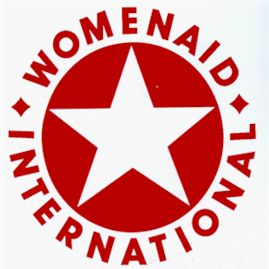Trafficking: Latin America & Caribbean
In this region, information on the commercial sexual exploitation of children comes primarily from those working with street children, and therefore mostly relates to street-based prostitution and trafficking. Pornography is less common. Sex tourism is also on the increase in countries such as Brazil, Costa Rica and the Dominican Republic.
Among the factors driving child prostitution in the region are economic strains, family abuse, violence against girls and women, and consumer values. Many of the children forced to earn a living on the streets are runaways who have suffered family abuse. They live in high-crime environments of drugs and violence; pips and criminal gangs may coerce or seduce them into prostitution in return for drugs or 'protection'. They also turn to prostitution because of the pressure of peers, the need for drugs, the lure of consumer goods or the possibility of earning more money than they can earn elsewhere.
Data studies
Brazil has an estimated 100,000 children who live and work on the streets, and many of them face sexual exploitation. Trafficking also occurs, with girls sent from urban shanty towns to remote mining sites in the Amazon, where they are sexually exploited by the single men working there.
A study released in June 1994 by the City of Bogotá Chamber of Commerce in Colombia said that there are 5,000 to 7,000 prostitutes under the age of eighteen years in the capital. A third of all prostitutes are said to be under 14 years. More than half have sexually transmitted diseases. Prostitution among 8 to 13 year-olds increased by 500 per cent between 1986 and 1993.
A 1995 UNICEF study in Costa Rica, El Salvador, Guatemala, Honduras, Nicaragua and Panama found that about 47 per cent of the girl prostitutes interviewed were victims of abuse and rape within the family. Almost half the group has entered prostitution between the ages of 9 and 13, and between 50 and 80 per cent of them used drugs.
A 1996 survey by ECPAT of the situation in Costa Rica showed a large number of North American retirees and expatriates moving there, including many paedophiles who make use of children for prostitution. In San Jose, a city of only 278,000 people, there are at least 3,000 prostitutes, many of whom are under-age.
While the numbers in Cuba are still not large, there is a growing problem of informal child prostitution. This centres around the cities and is related to the attempt to increase the number of tourists.
Sex tourism is on the increase in the Dominican Republic and flourishing among the 1.5 million tourists who visit each year. A recent survey estimates that around 25,000 child prostitutes are exploited by tourists and that 63 per cent of these are girls. Child prostitutes who were surveyed in cities report that 20-30 per cent of their customers are tourists, while in tourist areas 60-80 per cent of customers are tourists.
A study by the Nicaraguan Government in 1993 claimed that 92 per cent of prostitutes were aged between 12 and 18 years, while a report to the Committee on the Rights of the Child in 1994 on Paraguay claimed that there were 26,000 children in urban areas in that country working as street vendors or prostitutes.
A 1995 UNICEF report based on a study in 1993 suggested there could be as many as 40,000 children affected by prostitution in Venezuela. A 1996 ECPAT survey identifies migrant workers, miners, sailors and local men as the primary sex exploiters of children.


